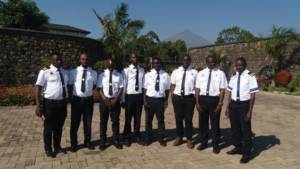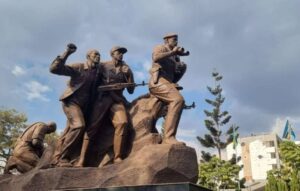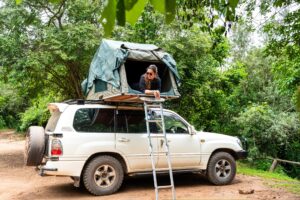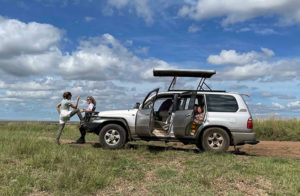Kwita Izina: A Guide To Rwanda’s Gorilla Naming Ceremony
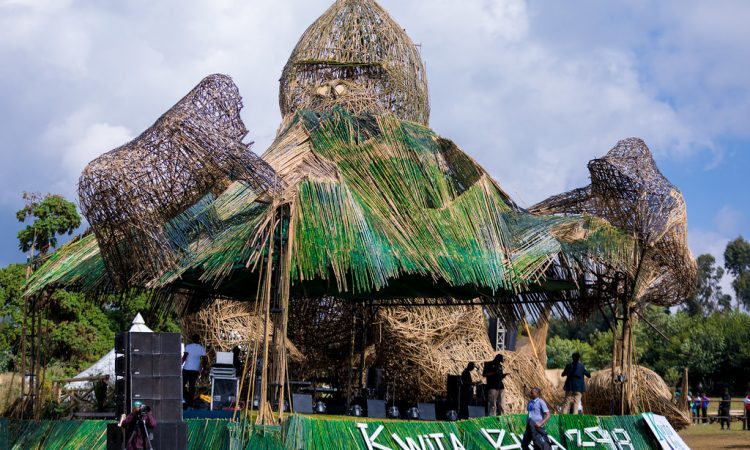
Every year, Rwanda hosts one of the world’s most unique and meaningful conservation events: Kwita Izina, the annual gorilla naming ceremony. This remarkable celebration brings together global conservation leaders, celebrities, researchers, and local communities to name newly born mountain gorillas in Volcanoes National Park. More than just a naming ceremony, Kwita Izina represents Rwanda’s commitment to wildlife conservation, community development, and sustainable tourism.
The Origins and Meaning of Kwita Izina
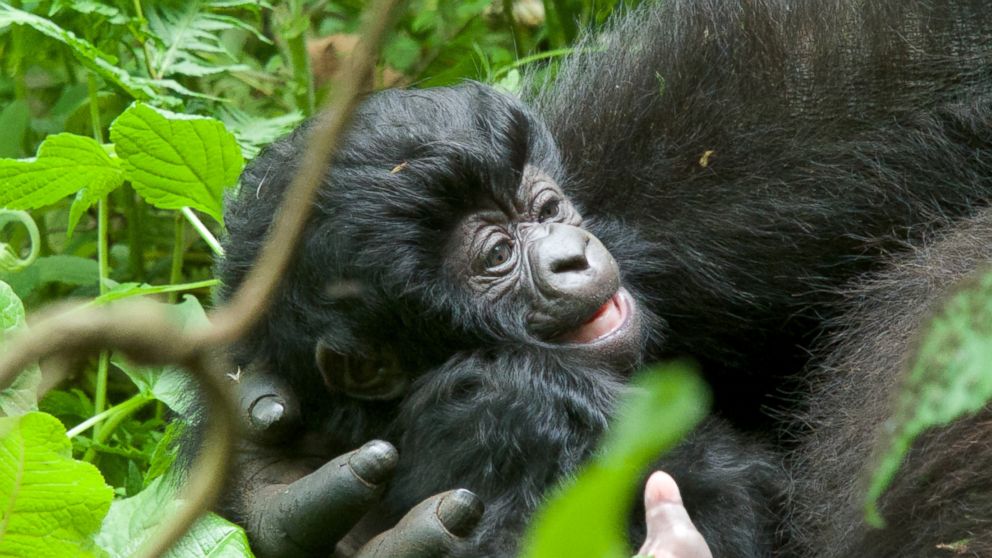
The name “Kwita Izina” comes from the Kinyarwanda phrase meaning “to give a name.” This ceremony draws its inspiration from ancient Rwandan tradition, where newborn children were formally named in community gatherings, symbolizing their acceptance into society and the community’s commitment to their protection and nurturing.
The modern Kwita Izina ceremony was first held in 2005 as part of Rwanda’s broader conservation strategy. The event transforms this traditional naming practice into a powerful tool for gorilla conservation, raising awareness about the endangered mountain gorilla population while celebrating the success of conservation efforts in Rwanda.
The Significance of Mountain Gorillas in Rwanda
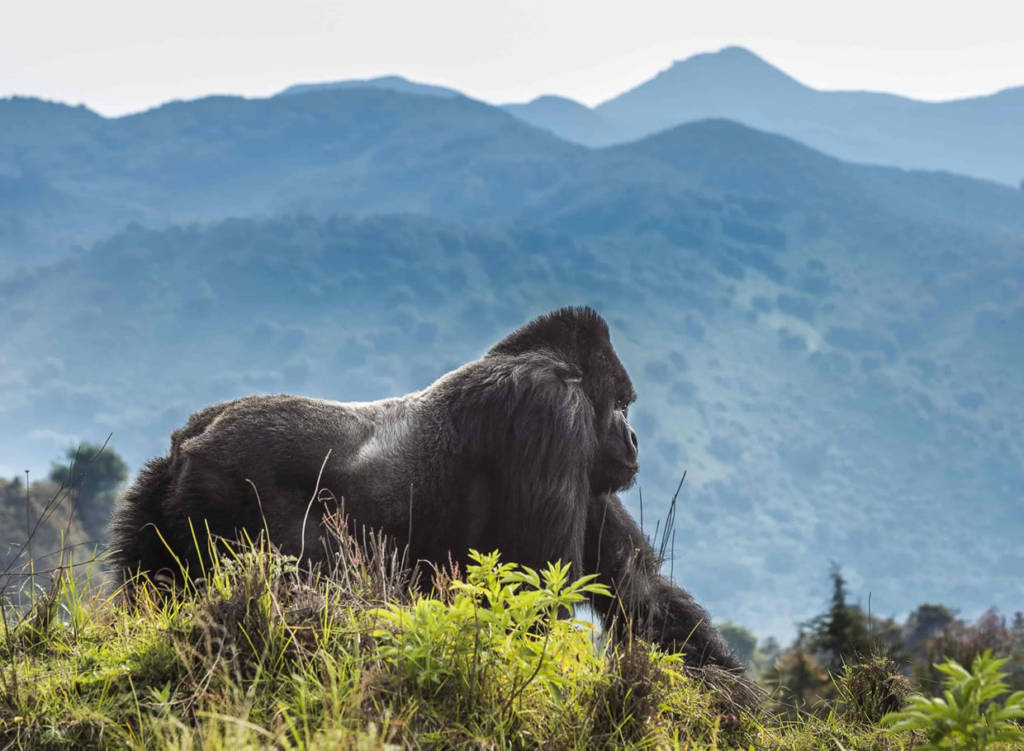
Mountain gorillas are among the world’s most endangered species, with fewer than 1,100 individuals remaining in the wild. The majority of these magnificent creatures live in the Virunga Mountains, shared between Rwanda, Uganda, and the Democratic Republic of Congo. Rwanda’s portion of this habitat, protected within Volcanoes National Park, is home to approximately 400 mountain gorillas organized into various family groups or troops.
The conservation of mountain gorillas is not just about protecting a species; it’s about preserving an entire ecosystem. These gentle giants serve as flagship species for the conservation of the Albertine Rift, one of Africa’s most biodiverse regions. Their protection has far-reaching benefits for countless other species sharing their habitat.
The Ceremony: A Celebration of Conservation Success
Kwita Izina takes place annually in September at the foot of the Virunga Mountains, usually in Kinigi, near Volcanoes National Park. The ceremony is a carefully orchestrated event that combines traditional Rwandan culture with modern conservation messaging.
The Naming Process
Each year, baby gorillas born in the previous 12 months are given names by notable personalities, including government officials, conservationists, celebrities, researchers, and community leaders. The names chosen often reflect positive attributes, conservation themes, or honor individuals who have contributed to gorilla conservation.
The naming follows traditional Rwandan customs, where names carry deep meaning and are believed to influence the bearer’s destiny. Common themes include strength, hope, unity, and protection. Names like “Ubwiyunge” (reconciliation), “Ubwoba” (fear), or “Ubwoba” (brave) reflect both the challenges and hopes for these young gorillas.
Cultural Performances and Presentations
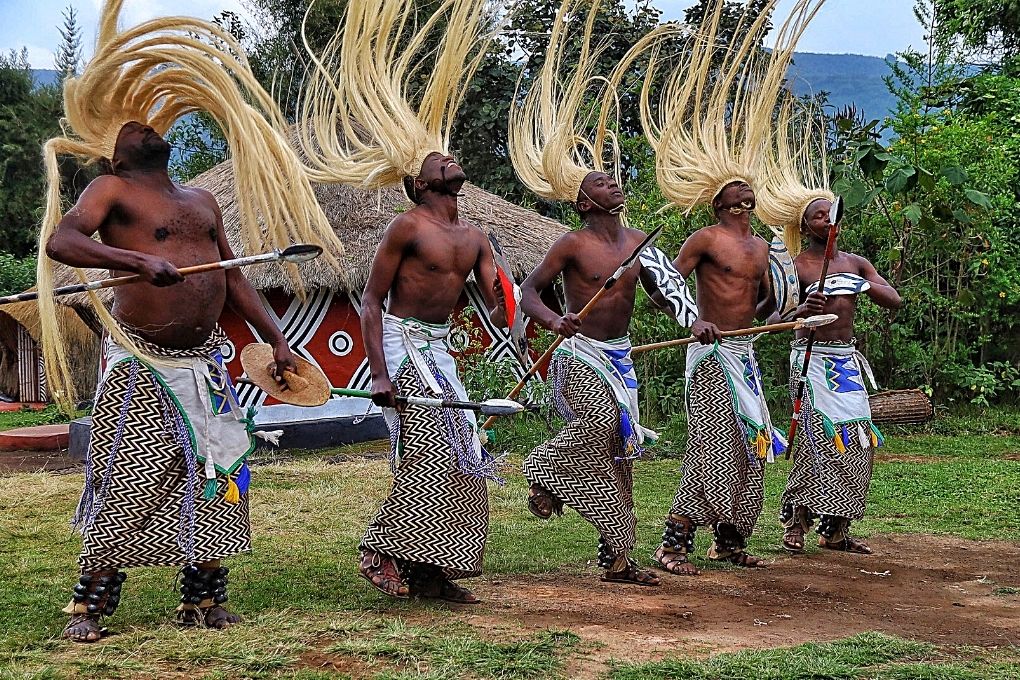
The ceremony features vibrant cultural performances, including traditional Rwandan dances, music, and storytelling. The famous Intore dancers, with their elaborate costumes and rhythmic movements, captivate audiences while celebrating Rwandan heritage. These performances serve to educate attendees about Rwandan culture while creating an atmosphere of celebration and reverence.
Research presentations by primatologists and conservationists provide scientific context, sharing updates on gorilla population trends, behavior studies, and conservation challenges. These presentations help attendees understand the scientific importance of the work being done and the progress being made.
Conservation Impact and Success Stories
Since its inception, Kwita Izina has named over 300 baby gorillas, each representing a conservation success story. The ceremony has become a platform for highlighting Rwanda’s remarkable conservation achievements:
Population Recovery
When conservation efforts began in earnest in the 1980s, Rwanda’s mountain gorilla population was critically low. Today, thanks to dedicated conservation efforts, the population has steadily increased. The annual naming ceremony serves as a tangible celebration of this success, with each new name representing hope for the species’ future.
Community Involvement
The ceremony emphasizes the crucial role of local communities in gorilla conservation. Through revenue-sharing programs, local communities receive a percentage of park entrance fees, creating economic incentives for conservation. This approach has transformed former poachers into passionate conservationists and park rangers.
Tourism Development
Kwita Izina has helped position Rwanda as a premier gorilla tourism destination. The ceremony attracts international media attention, showcasing Rwanda’s conservation success and encouraging responsible tourism. This visibility has contributed to increased tourist arrivals and revenue, which directly supports conservation efforts.
The Role of Technology and Research
Modern Kwita Izina ceremonies incorporate cutting-edge technology to enhance conservation efforts. GPS tracking, genetic analysis, and behavioral studies provide valuable data about gorilla populations. The ceremony often features presentations on new research findings, technological innovations, and collaborative conservation initiatives.
Veterinary teams play a crucial role in gorilla conservation, monitoring health, treating injuries, and ensuring the welfare of gorilla families. Their work is often highlighted during the ceremony, emphasizing the comprehensive approach to gorilla conservation.
Global Participation and Celebrity Involvement
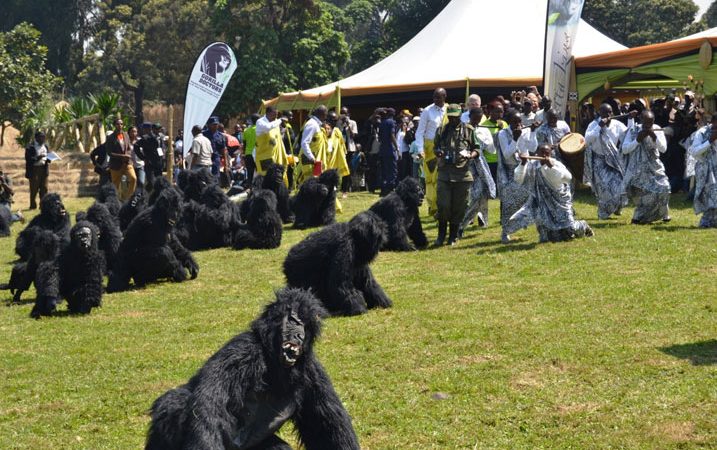
Over the years, Kwita Izina has attracted numerous international celebrities, conservationists, and dignitaries. Notable participants have included actors, musicians, politicians, and conservation leaders who lend their voices to the cause. Their participation helps amplify the conservation message and brings global attention to Rwanda’s conservation efforts.
The ceremony also serves as a platform for announcing new conservation initiatives, partnerships, and funding commitments. International organizations, governments, and private donors often use the event to announce support for gorilla conservation and community development programs.
Economic Impact and Community Benefits
Kwita Izina extends beyond conservation to generate significant economic benefits for Rwanda. The ceremony attracts hundreds of international visitors, contributing to hotel bookings, restaurant sales, and local craft purchases. This economic impact demonstrates how conservation can drive sustainable development.
Revenue Sharing Programs
A percentage of park entrance fees is distributed to local communities through various development projects. These funds support education, healthcare, infrastructure development, and income-generating activities. The ceremony often showcases these community development projects, highlighting the tangible benefits of conservation.
Employment Opportunities
Gorilla conservation has created numerous employment opportunities, from park rangers and guides to researchers and support staff. Many former poachers have been employed as trackers and rangers, transforming them into conservation champions. The ceremony celebrates these success stories, demonstrating how conservation creates sustainable livelihoods.
Challenges and Conservation Threats
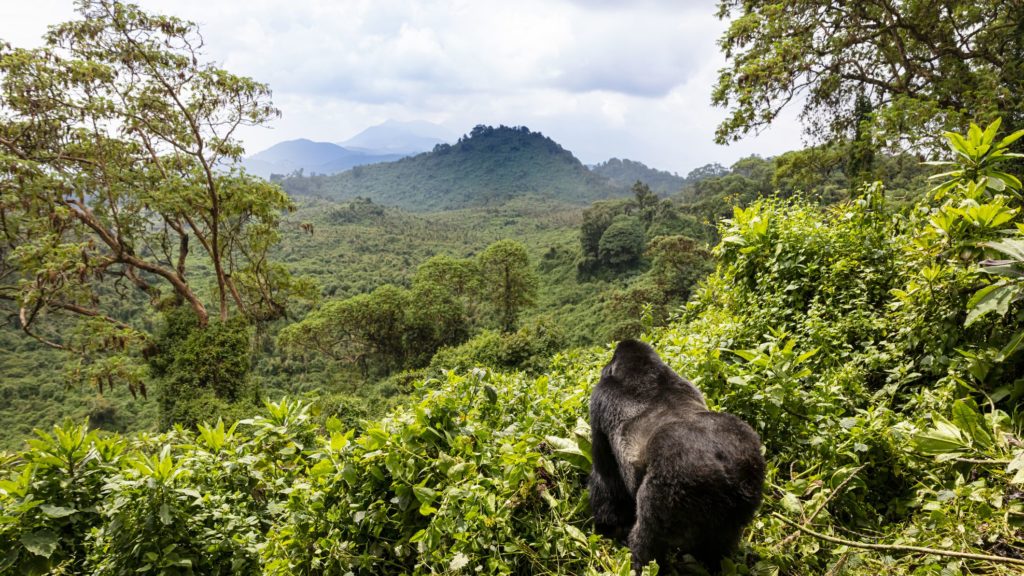
Despite remarkable success, mountain gorilla conservation faces ongoing challenges. The ceremony provides a platform for discussing these issues and rallying support for solutions:
Habitat Pressure
Human population growth and agricultural expansion continue to pressure gorilla habitats. The ceremony highlights the importance of creating buffer zones and alternative livelihoods to reduce human-wildlife conflict.
Climate Change
Changing weather patterns affect mountain ecosystems, potentially impacting gorilla food sources and habitat suitability. Research presentations often address these challenges and adaptive conservation strategies.
Disease Transmission
The close genetic relationship between gorillas and humans makes disease transmission a significant concern. The ceremony emphasizes the importance of health monitoring and protective measures for both gorillas and human visitors.
Cultural and Educational Significance
Kwita Izina serves as an important educational platform, reaching diverse audiences with conservation messages. School children, local communities, and international visitors all participate in learning about gorilla conservation, biodiversity, and sustainable development.
The ceremony incorporates traditional ecological knowledge, recognizing the wisdom of local communities in understanding and protecting their environment. This integration of traditional and modern conservation approaches strengthens the overall conservation strategy.
Future Prospects and Expansion
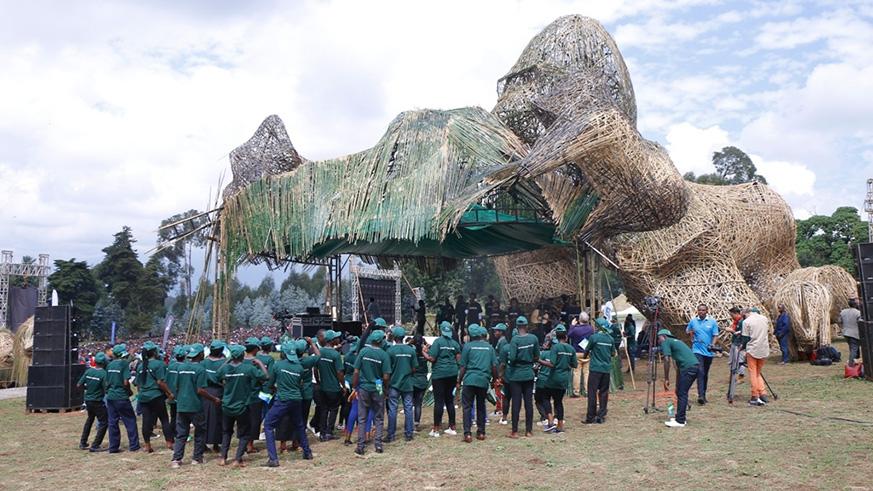
As Kwita Izina continues to evolve, organizers are exploring ways to expand its impact. Virtual participation options allow global audiences to join the ceremony, while educational programs reach schools and communities worldwide. The ceremony’s format continues to adapt to incorporate new conservation challenges and opportunities.
Plans for regional coordination with neighboring countries hosting mountain gorillas could lead to a transboundary celebration of conservation success. Such coordination would emphasize the interconnected nature of gorilla conservation across the Virunga landscape.
How to Participate
For those interested in attending Kwita Izina, planning should begin well in advance. The ceremony typically occurs in September, with exact dates announced by the Rwanda Development Board. Registration is usually required, and accommodation fills up quickly due to high demand.
Visitors can combine their attendance with gorilla trekking experiences, cultural tours, and exploration of Rwanda’s other attractions. The ceremony provides an excellent opportunity to witness conservation in action while experiencing Rwanda’s remarkable culture and hospitality.
Conclusion
Kwita Izina represents far more than a naming ceremony—it embodies Rwanda’s transformation from a nation devastated by conflict to a global leader in conservation and sustainable development. Through this annual celebration, Rwanda demonstrates that conservation can be both culturally meaningful and economically beneficial.
The ceremony’s success in combining traditional culture with modern conservation needs offers valuable lessons for conservation efforts worldwide. As each new gorilla receives its name, the ceremony reaffirms Rwanda’s commitment to protecting these magnificent creatures and their habitat for future generations.
The future of mountain gorillas looks brighter today than it has in decades, thanks in large part to the community engagement, international support, and conservation dedication that Kwita Izina represents. This unique ceremony continues to inspire hope and action, proving that with commitment, creativity, and community involvement, even the most endangered species can recover and thrive.
In the Land of a Thousand Hills, Kwita Izina stands as a testament to what is possible when conservation, culture, and community come together in service of protecting our planet’s most precious wildlife. Each named gorilla carries with it the hopes and dreams of a nation committed to conservation and a world increasingly aware of our responsibility to protect the natural world for future generations.
If you would love to be part pof the Kwita Izina cermony in Rwanda this October- simply contact us now by sending email to info@rentadriverrwanda.com or calling us on +256-700135510 to speak with the reservations team.
